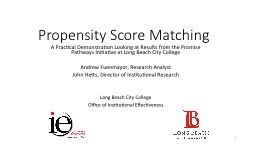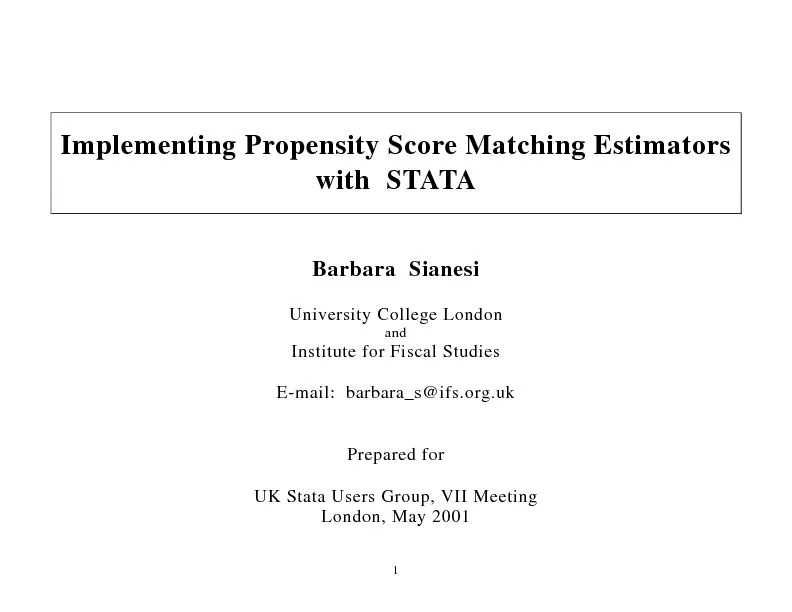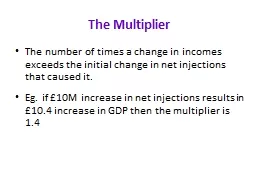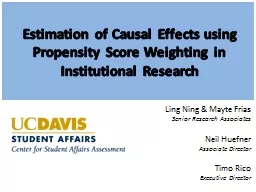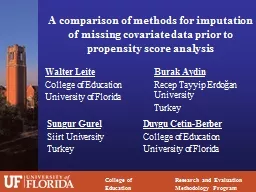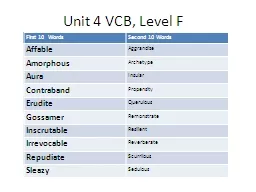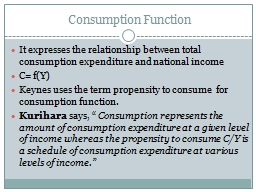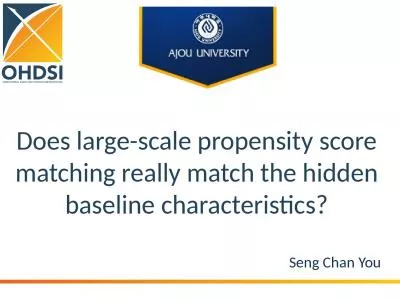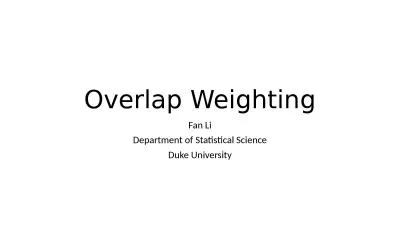PPT-Propensity Score Matching
Author : pasty-toler | Published Date : 2016-06-23
A Practical Demonstration Looking at Results from the Promise Pathways Initiative at Long Beach City College Andrew Fuenmayor Research Analyst John Hetts Director
Presentation Embed Code
Download Presentation
Download Presentation The PPT/PDF document "Propensity Score Matching" is the property of its rightful owner. Permission is granted to download and print the materials on this website for personal, non-commercial use only, and to display it on your personal computer provided you do not modify the materials and that you retain all copyright notices contained in the materials. By downloading content from our website, you accept the terms of this agreement.
Propensity Score Matching: Transcript
Download Rules Of Document
"Propensity Score Matching"The content belongs to its owner. You may download and print it for personal use, without modification, and keep all copyright notices. By downloading, you agree to these terms.
Related Documents

